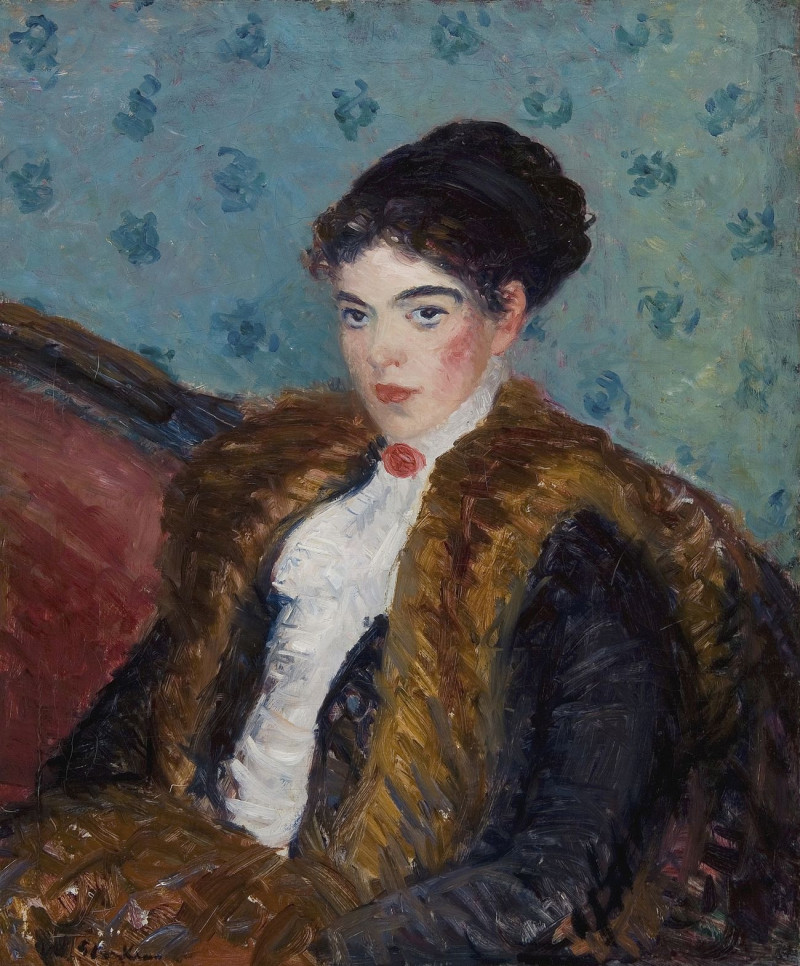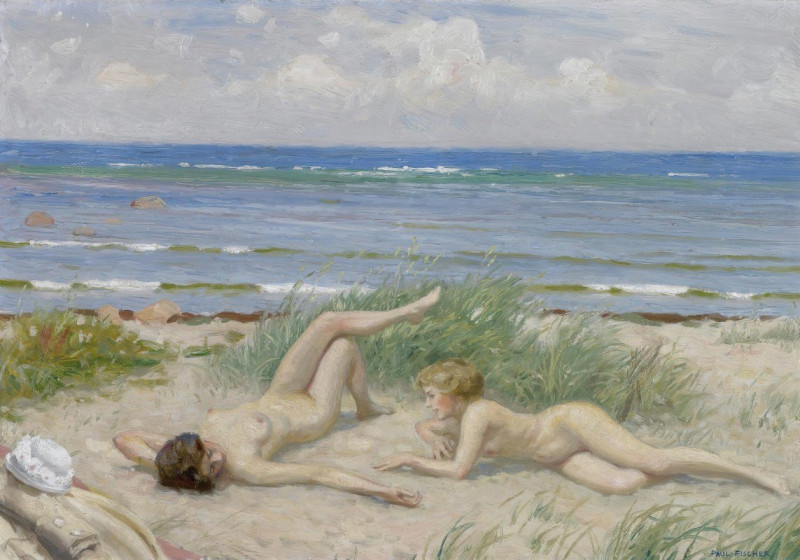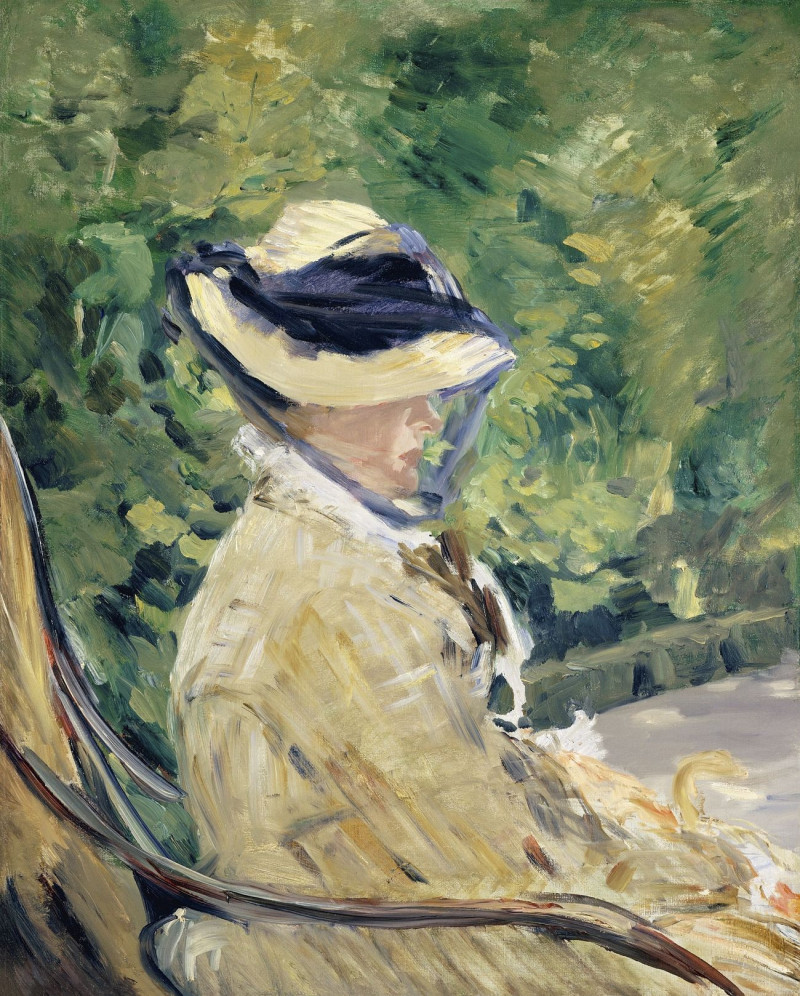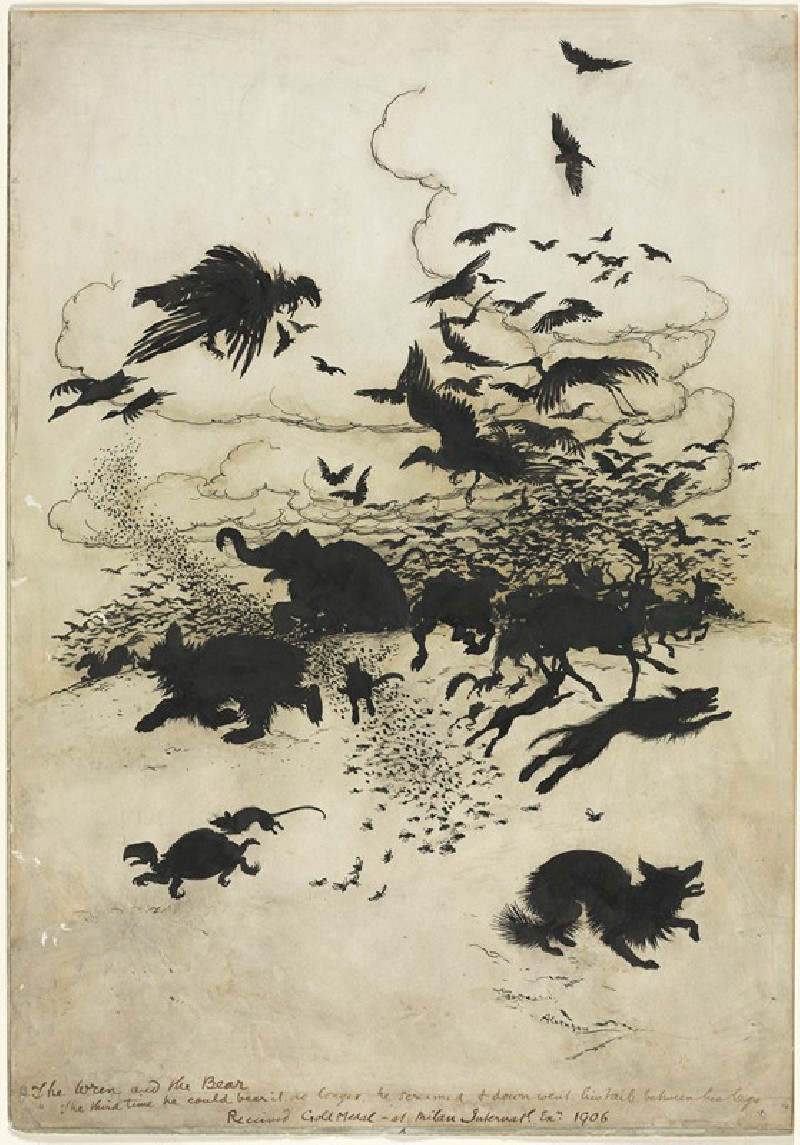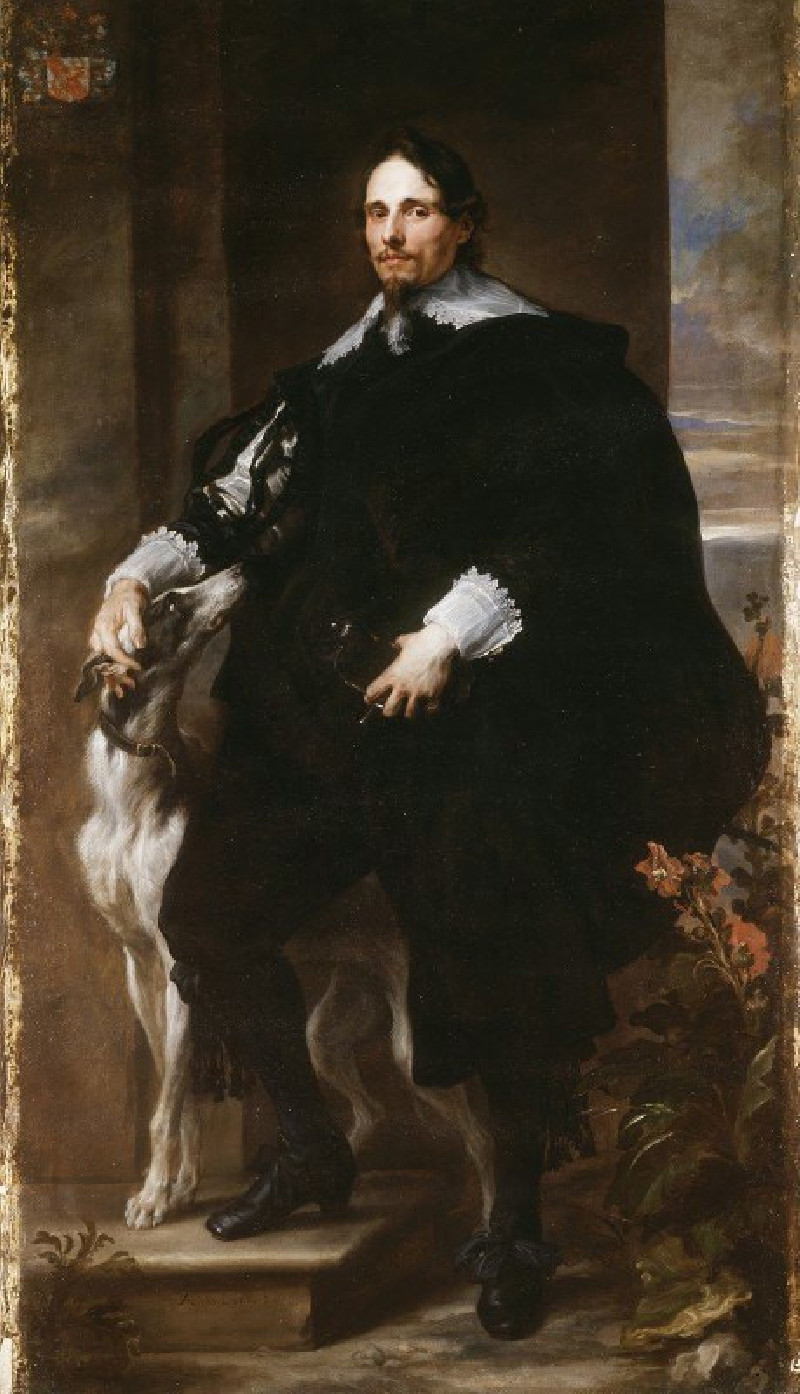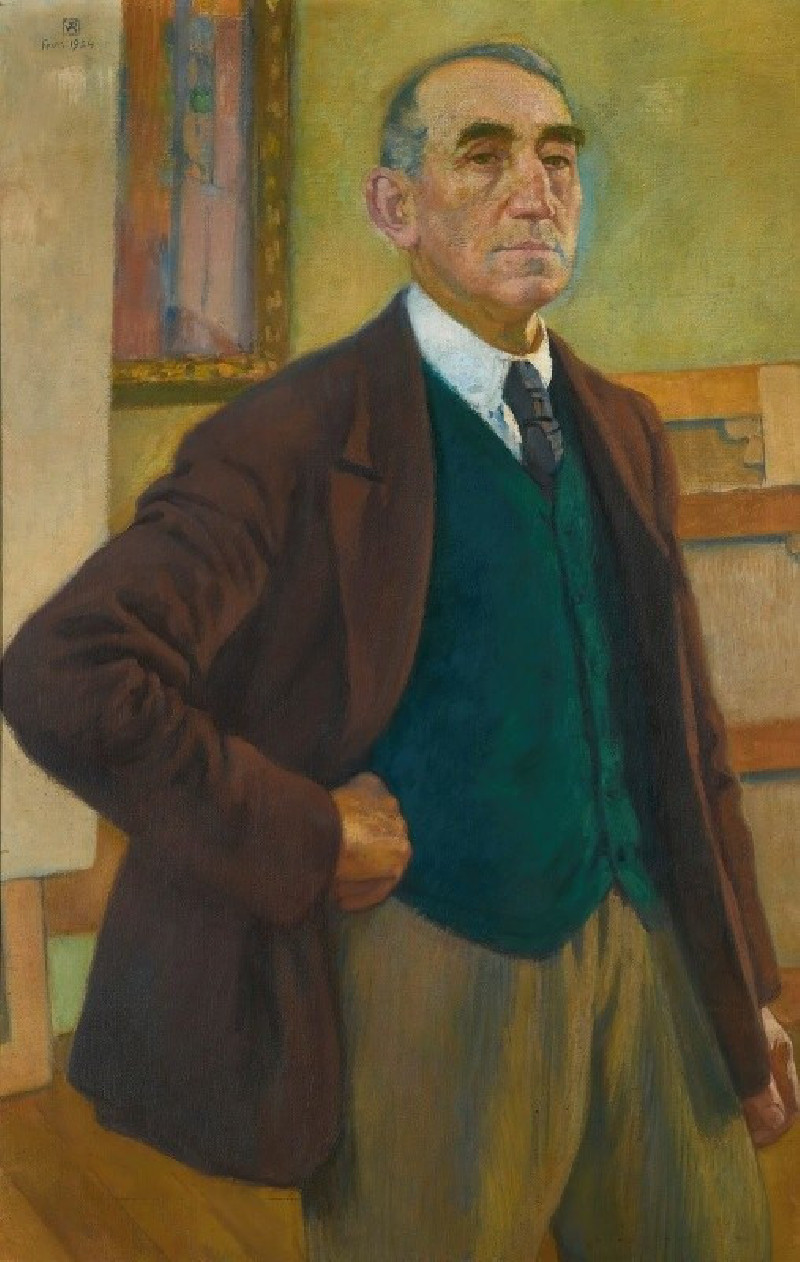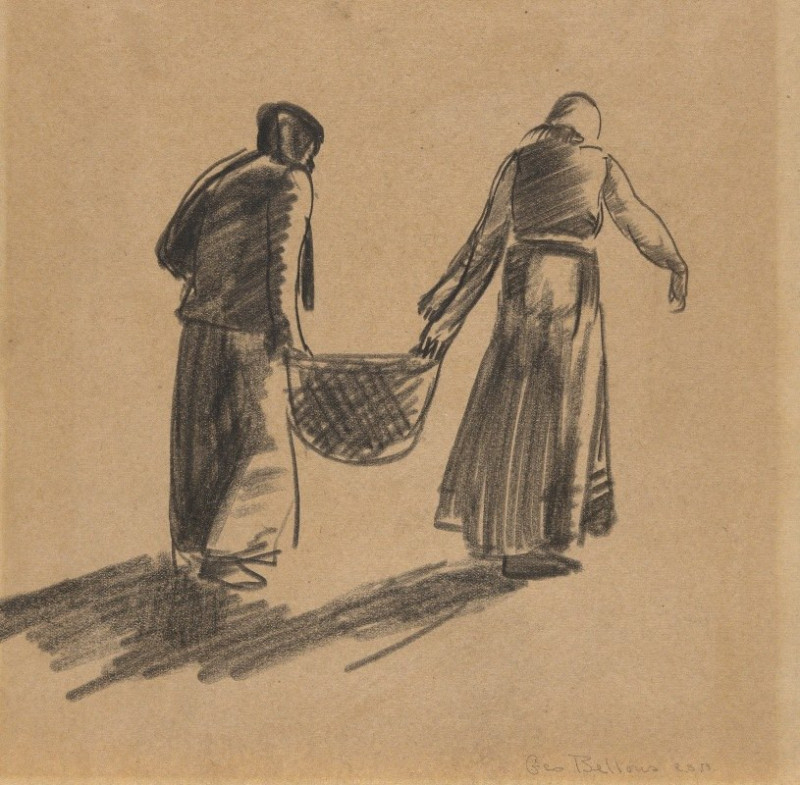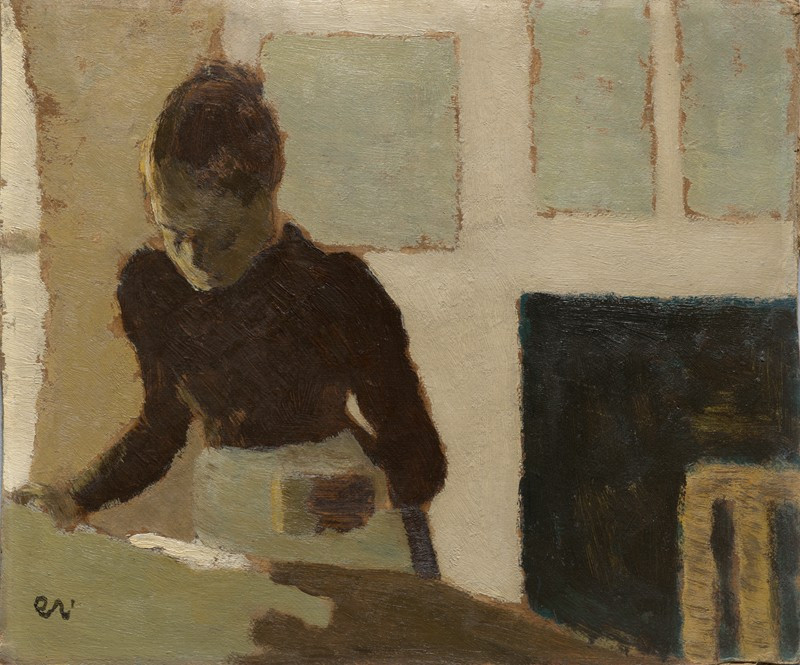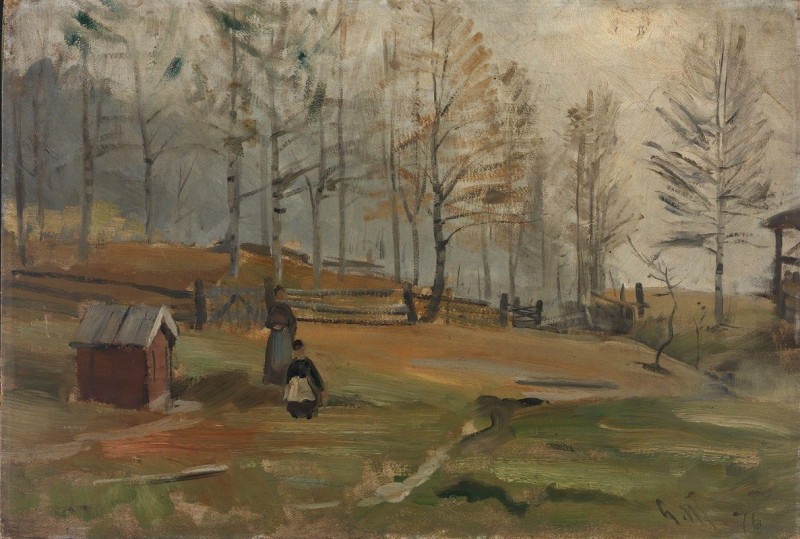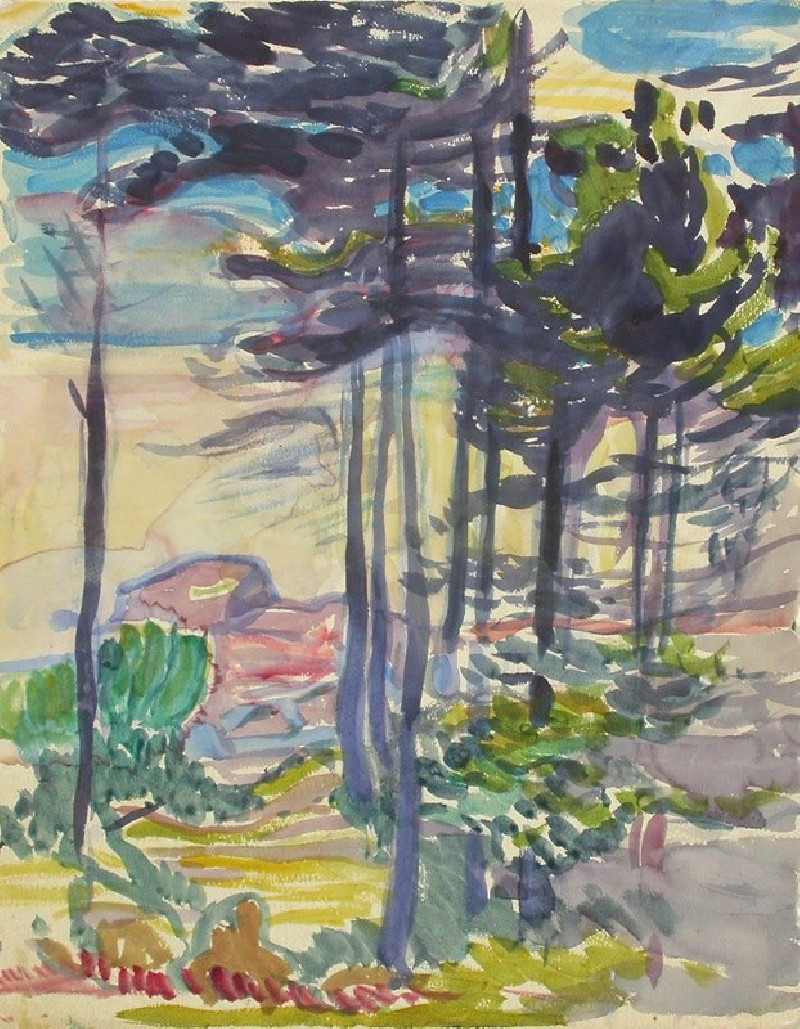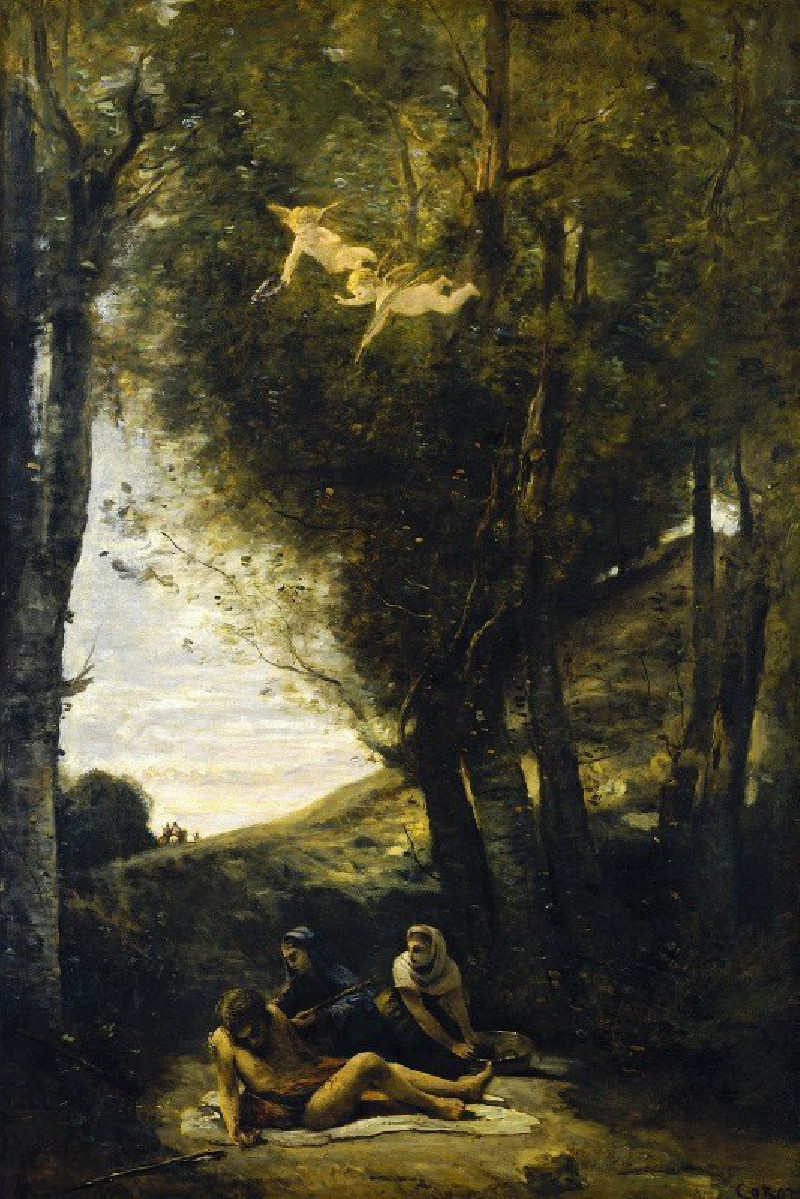Haymakers of Eragny (c. 1896)
Technique: Giclée quality print
Recommended by our customers
More about this artwork
"Haymakers of Eragny" by Camille Pissarro is a remarkable lithograph that captures the essence of rural French life towards the end of the 19th century. This work, dating back to circa 1896, portrays the labor-intensive haymaking process, a common agricultural task during this period.The scene is set in the pastoral village of Eragny, where Pissarro spent a considerable part of his later life. The composition presents a group of farm workers engaged in the traditional activity of hay gathering. Dominating the center is a large haystack, around which the haymakers work diligently. There are figures on top of the haystack, arranging the hay, which suggests the community effort involved in farm work.The characters are depicted in a variety of poses—bending, reaching, and raking—each showing a different stage of the haymaking process. This diversity not only brings a dynamic quality to the static image but also highlights Pissarro’s skill in portraying human figures interacting with nature.In the background, one can see the faint outline of trees and what appears to be a church spire, subtly suggesting the closeness of the village and providing a cultural and geographical context to the agricultural scene. The sketchy, yet expressive lines of the lithography lend a rustic and vigorous feel to the artwork, resonating with the physical labor being depicted."Haymakers of Eragny" is not just a visual record; it is Pissarro’s homage to the timeless rhythms of rural life and the hardworking people who dwell within it. This piece is a brilliant example of how the artist uses his craft to reflect on social and environmental themes, rooted so deeply in his works.
Delivery
Returns
Blessed are they who see beautiful things in humble places where other people see nothing. — Camille Pissarro
Camille Pissarro (1830-1903) was born on St.Thomas (now the US Virgin Islands) to a Portuguese father and a Dominican mother. He went to Paris to study art at Ecole des Beaux-Arts. He was an early pioneer of pointillism and neo-impressionism and later became a mentor of many famous impressionist painters including Cezanne, Manet, Renoir, and Gauguin. His paintings depicted rural and urban French landscapes and lifestyle. Many of his works politically captured images of peasants and laborers. Today, he is considered the father of impressionism.

































